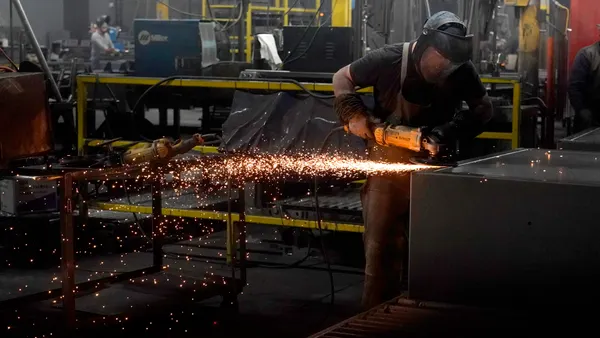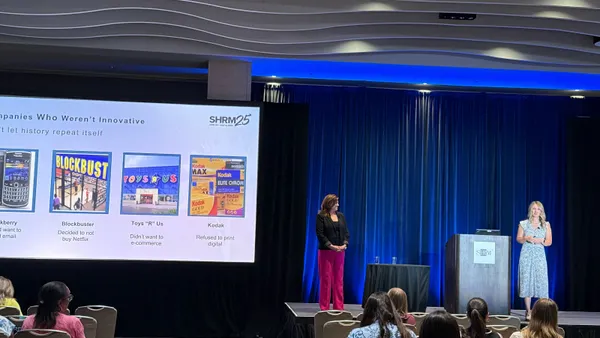Dive Brief:
- One nurse practitioner recruiter went from almost no responses to job ads to three or four responses a week, all thanks to a fairly new technology called "geofencing," according to NPR.
- Geofencing combines GPS, candidate information lists and radio frequency identification to push job ads (or any kind of ad, including coupons) to chosen candidate mobiles once they enter a geofenced zone. The zones include a sort of "wireless fence," NPR explains, that can be placed around key areas, such as competitor offices.
- So far, the technology has proven itself fairly cost-effective and highly targeted, particularly compared to campaigns placed on job boards or other broad locations.
Dive Insight:
One of recruiting's biggest challenges is cutting through the everyday noise (including other ads) to grab the attention of potential candidates. Emerging technologies on the resume-sorting end, including machine-learning AI, seek to save recruiters time by floating up the best possible candidates from a large pool. But when that pool is small — or in some cases, perhaps dry — recent innovations have sought to better pinpoint those who may be skilled and interested. In this case, geofencing could even be used to poach candidates as they walk into work at a competitor's office.
The best innovations thus far in recruiting have combined the fast-computing power of virtual intelligence and the human intuition of seasoned recruiters. Geofencing is a good example of how that combination can work in a company's favor and improve ROI in the long run.
Geofencing also showcases some of the more intricate aspects of recruitment marketing. Using personalized ads could create good will among candidates and showcase the care employers put into choosing who works at their company.












